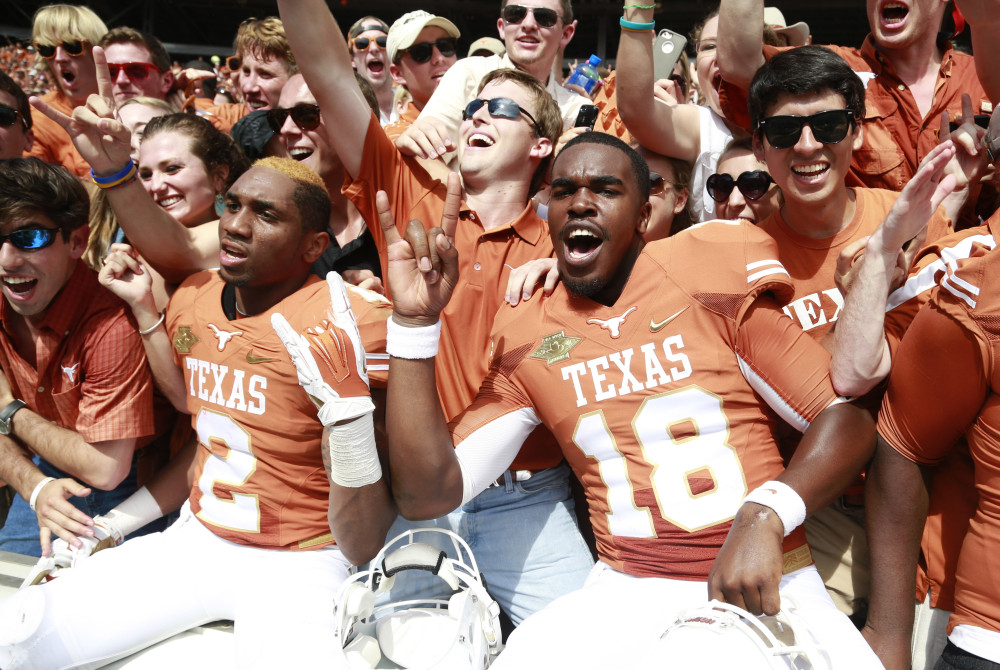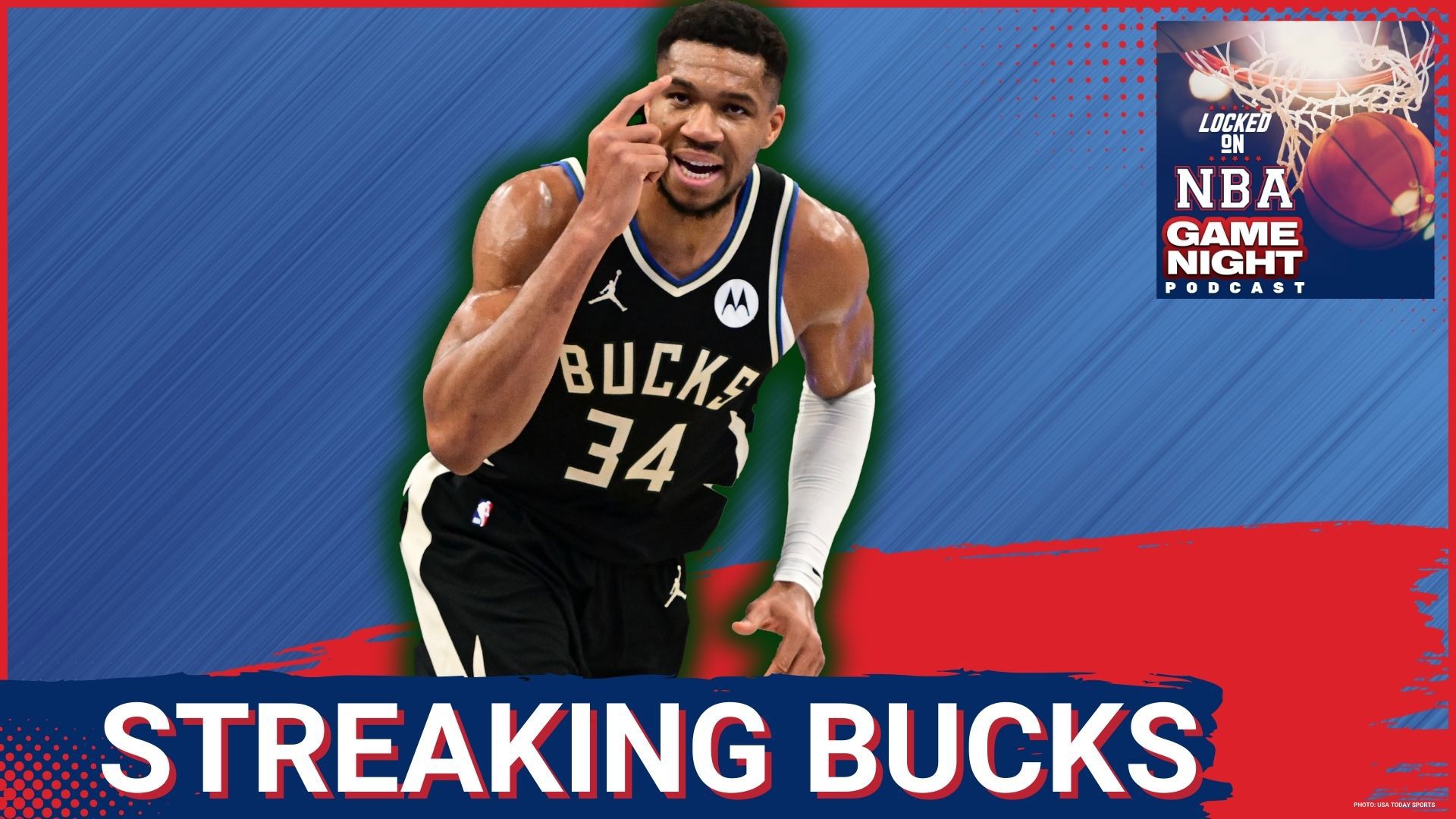![usatsi_7486672 [ID=15753677]](http://moc-assets-prod.gannett-cdn.com/-mm-/e4dfe71447efa4592267c5cb9115edf91933b706/r=500x335/local/-/media/KVUE/KVUE/2014/09/16/1410921264000-usatsi_7486672.jpg)
Today, burnt orange is synonymous with Texas. But it wasn't always that way.
Back in the 1880s, fans wore orange (not burnt orange) and white ribbons to support the baseball team, although at the time, Texas didn't officially adopt those colors. Over the next decade, the university's teams wore gold and white, orange and white, then the stain-masking (but hideous) combo of orange and maroon. The medical school's students even wanted the university's squads to wear royal blue. The issue seemingly was settled in 1900, when the Board of Regents held an election to determine Texas's colors. According to an article by Jim Nicar of the Texas Alumni Association, here's how it went down:
Students, faculty, staff and alumni were all invited to send in their ballots. Out of the 1,111 votes cast, 562 were for orange and white, a majority by just seven votes. Orange and maroon receive 310, royal blue 203, crimson 10, royal blue and crimson 11, and few other colors scattered among the remaining 15 votes.
So for the next three decades, Texas wore orange. But there was a problem. Washing the teams' jerseys caused them to fade to a color that Bill Little, who worked in media relations at Texas for 47 years, called "a sick-looking yellow." Naturally, opposing fans started calling the Longhorns the yellow bellies. By 1928, track and football coach Clyde Littlefield was fed up. In search of a solution, Little said, the coach traveled to Chicago's O'Shea Knitting Mills in search of a shade of orange that wouldn't fade.
"I'll find the color that you want," Little said the mill's owner promised, "and when I get what you like, we'll call it Texas orange."
What Littlefield liked turned out to be burnt orange, a darker shade than the creamsicle variety Texas had been sporting. The Longhorns adopted the new color — eventually dubbed Texas orange — but only for a brief stretch. At some point during the Depression, the school abruptly dumped burnt orange. Some theorize that Texas could no longer afford its preferred brand of burnt orange dye. Others claim that the dye was hard to come by because it was made in Germany. Whatever the reason, the Longhorns went back to a lighter orange.
"It wasn't a Tennessee orange," Little said, "and it was not a pumpkin orange kind of thing either." Texas used that color until the early 1960s, when Darrell Royal was in the midst of revamping the football program. The ambitious coach wanted his team's jerseys to be a darker, more distinct orange, so he sought out the help of his friend Rooster Andrews. The beloved former Texas water boy-turned-kicker, by then a sporting goods salesman who jokingly called himself "a jockstrap peddler", managed to find a dye similar to the one used by the Longhorns in the late '20s. Explaining to apparel companies what Royal wanted was a tricky proposition. But Andrews found a way.
"Andrews came up with the idea of soaking a jersey in water overnight in a bucket," John Maher of the Austin American-Statesman wrote in 2011, "and showing that to a manufacturer, who then understood what Andrews had been talking about." (Andrews also came up with the iconic Longhorns helmet logo. "You see those helmets and you don't have to ask who's playing," Little said.)
In 1962, Texas began wearing burnt orange again. Little said that opponents thought that Royal had chosen to dress his players in the brownish color in an attempt to hide the football. "The logic fell apart because there were as many games on the road when we were wearing white as we were wearing orange," Little said. "Clearly that was not the secret."
At first, Longhorns fans weren't exactly thrilled with the change. According to author (and Texas grad) Jenna Hays McEachern, students and alums petitioned Texas's regents to go back to regular orange. But after an eight-month study, McEachern wrote, "the committee wisely recommended in 1967 that burnt orange was to be the official color of the University of Texas."
The color has endured, but its popularity hasn't exactly been static. When coach Mack Brown took over at Texas in 1998, he looked for a way to drum up interest in the struggling football program. In The Football Coaching Bible, Brown wrote:Folks said that our fans showed up fashionably late to games, weren't loud, and that they left before the game ended. Our color is burnt orange, which is not considered the most fashionable color, so our fans didn't wear it much. One lady told me, "I look awful in burnt orange." I asked her to do me a favor and humor me for three and a quarter hours each Saturday. His solution was to come up with a slogan: "Come early, be loud, stay late, and wear orange with pride." It stuck, and since then, burnt orange has made a comeback. Littlefield died in 1981, Andrews in 2008, and Royal in 2012, but the color they championed is ubiquitous in the Lone Star State, and not just on Saturdays.
The rest of the 10 best team colors …
2. North Carolina (Carolina blue and white)
UNC's sports teams have been outfitted in what became known as Carolina blue since the 19th century. Former Tar Heel Michael Jordan loves the shade so much that his private jet has a Carolina blue paint job.
3. Michigan (maize and blue)
Michigan adopted maize and azure blue in 1912. The colors used in the Wolverines' uniforms actually are a bit different — "deep blue and bright yellow (gold)" — than the university's two lighter official shades.
4. Alabama (crimson and white)
Alabama began wearing crimson and white uniforms all the way back in the late 1800s. The football team's first nickname actually was the "Thin Red Line." "Crimson Tide" wasn't coined until 1907, by Birmingham Age-Herald sports editor Hugh Roberts.
5. Michigan State (green and white)
Green and white became Michigan State's primary colors around 1903, when the school hired Chester L. Brewer as its first full-time athletic director. At MSU, Brewer coached football, basketball, baseball and track.
6. USC (cardinal and gold)
USC made cardinal and gold its official colors in 1895. Since then, the Trojans' have been swathed in the two shades. Here's a look at how Southern Cal's uniforms have evolved over the years — while keeping the same basic color scheme.
7. Ohio State (scarlet and gray)
A committee of students —including Alice Townshend, one of the first female students to attend the school —chose scarlet and gray for Ohio State back in 1878. Townshend said that "it was a pleasing combination … and had not been adopted by any other college."
8. LSU (royal purple and old gold)
Before a game in November 1893, LSU football coach Dr. Charles Coates and some of his players wanted something to dress up the team's dull gray jerseys, so they headed to Reymond's store in New Orleans to buy some ribbon.
9. Notre Dame (blue and gold)
Even though Notre Dame has worn green jerseys from time to time over the last 50 or so years, blue and gold are the Irish's official colors.
10. Oregon State (orange and black)
OK, so even the school's official website calls Oregon State's color scheme a "Halloweenesque combination", but it works. Case in point: the Beavers' sharp new uniforms (see above).
Honorable Mentions
Florida (blue and orange); Florida State (garnet and gold); Miami (orange, green and white); Northwestern (purple and white); Penn State (blue and white); Texas Christian (purple and white); UCLA (true blue and gold)


